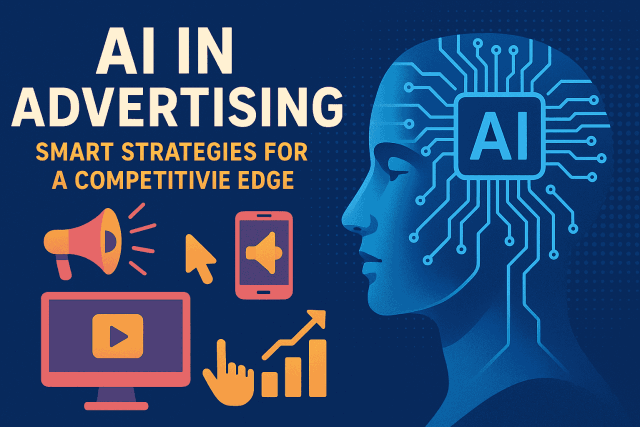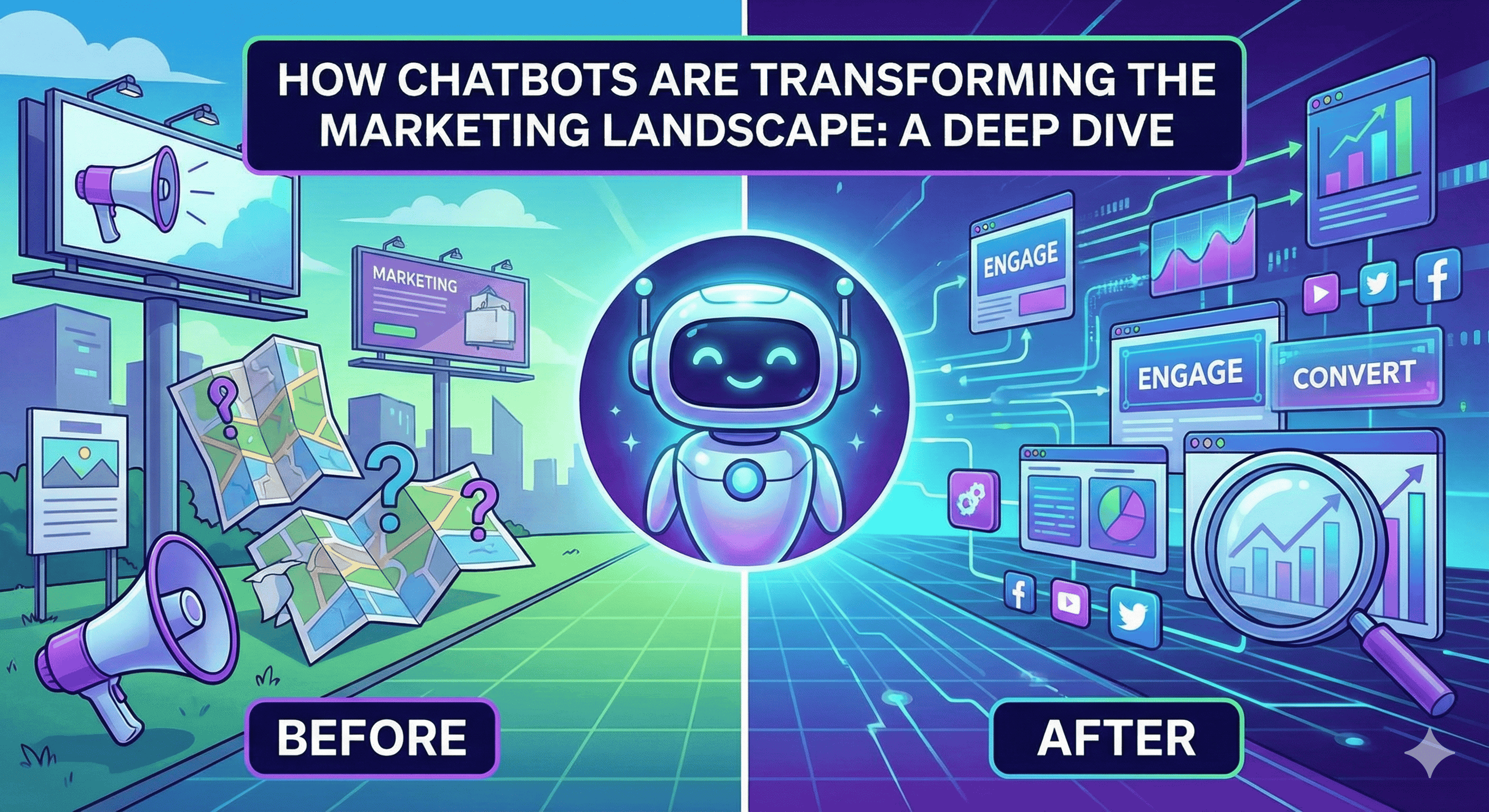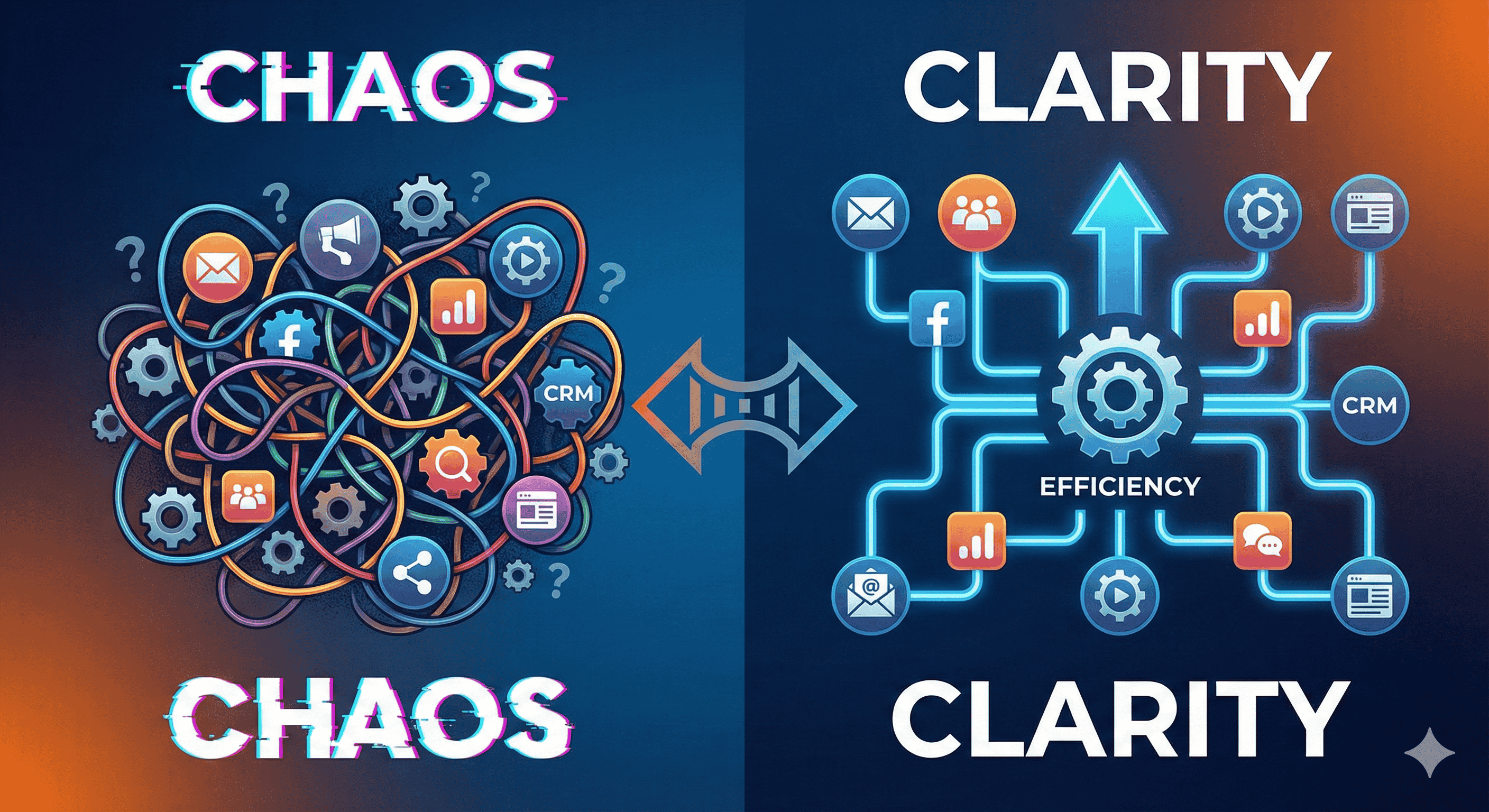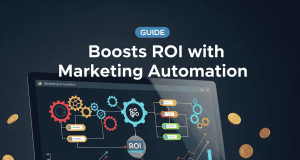The advertising landscape has transformed considerably in recent years, largely due to advancements in artificial intelligence (AI). As companies seek to leverage data and technology to connect with consumers, AI has emerged as a powerful tool for enhancing marketing strategies, optimizing campaigns, and gaining a competitive edge. This article explores the innovative ways AI is reshaping advertising and offers smart strategies for businesses to harness its potential.
1. Personalization at Scale
One of AI’s most significant contributions to advertising is its ability to analyze vast amounts of data and personalize consumer experiences. Traditional advertising methods often relied on broad demographics, but AI can identify specific consumer preferences and behaviors through complex algorithms.
Strategy:
- Segment Your Audience: Use machine learning to analyze customer data and create targeted segments based on interests, purchasing history, and online behavior. Personalized ads can be crafted for each segment, enhancing engagement rates.
- Dynamic Content Creation: AI can generate tailored content that resonates with individual consumers. This includes personalized emails, social media ads, and website experiences, ensuring that each consumer receives relevant and engaging material.
2. Predictive Analytics and Customer Insights
AI excels at predictive analytics, helping advertisers anticipate future consumer behaviors based on historical data. Companies can minimize guesswork in their marketing strategies, leading to more effective campaigns.
Strategy:
- Utilize Predictive Modeling: Implement AI-driven models to forecast purchasing patterns and trends. By understanding when consumers are likely to engage or convert, marketers can time their campaigns for maximum impact.
- Consumer Sentiment Analysis: Use natural language processing (NLP) to gauge consumer sentiment on social media or forums. This insight helps brands adjust their messaging and products to better meet consumer expectations.
3. Enhanced Ad Targeting
AI enhances ad targeting capabilities, ensuring that advertisements reach the right audience at the right time. This precision reduces ad spend wastage and increases conversion rates.
Strategy:
- Leverage Programmatic Advertising: AI algorithms automate the buying of ads in real-time, allowing brands to target specific users based on their online behavior. This technology ensures ads are placed in front of an audience that is likely to engage.
- Retargeting: Use AI to retarget users who have previously interacted with your brand. Tailored reminders or offers can encourage them to complete a purchase or engage further.
4. Creative Optimization
AI can analyze ad performances and provide suggestions for optimizing creative elements. This capability enables brands to refine their advertising content continuously.
Strategy:
- A/B Testing at Scale: Implement AI-driven tools to test various ad formats, headlines, and images. By automating this process, businesses can quickly identify which elements resonate most with their audience, allowing for rapid optimization.
- Ad Performance Insights: Use AI analytics to assess the performance of ads across different platforms. Insights gained can guide future creative strategies to ensure alignment with audience preferences.
5. Chatbots and Customer Engagement
The integration of AI-powered chatbots in advertising strategies can enhance customer engagement and service, providing immediate support while promoting products effectively.
Strategy:
- 24/7 Customer Interaction: Deploy chatbots to handle inquiries or provide personalized recommendations. This enhances user experience and drives conversions while collecting valuable data on consumer preferences.
- Lead Generation: Utilize chatbots on landing pages to capture leads by engaging visitors, answering questions, and offering valuable content that nudges them toward making a purchase.
6. Ethical AI Use and Transparency
In a landscape where data privacy is paramount, companies must ensure that their use of AI in advertising is ethical and transparent. Building trust with consumers can be a significant differentiator.
Strategy:
- Transparent Data Practices: Clearly communicate how consumer data is collected and used for advertising purposes. This transparency fosters trust and can improve consumer relationships.
- Conform to Regulations: Stay updated with data protection regulations (e.g., GDPR, CCPA) and ensure that your advertising practices comply with these standards.
Conclusion
The integration of AI in advertising is not just a trend but a revolution that empowers brands to operate more efficiently and effectively. By embracing AI-driven strategies—ranging from personalized content creation to predictive analytics and ethical practices—businesses can gain a competitive edge in an increasingly crowded marketplace. As technology continues to evolve, those who adapt and innovate will be well-positioned for success in the dynamic world of advertising.









